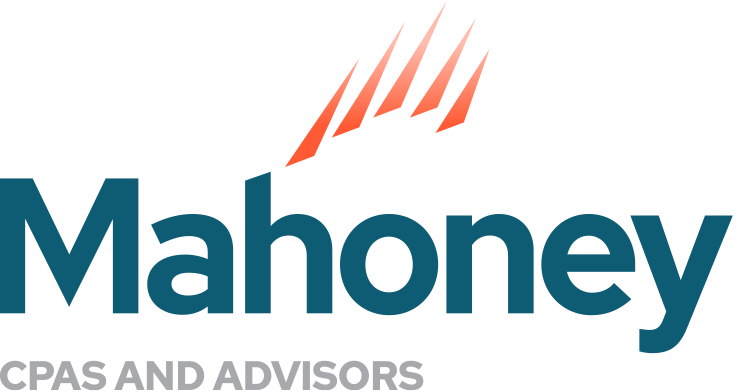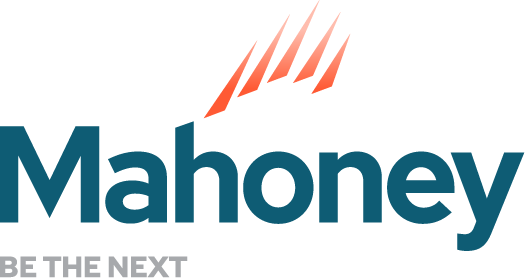
Retirement Plans for Small Businesses
Every small business starts somewhere, and that is typically a business of one person with a dream for growth. This does not mean that you have to wait to fund your retirement. Once you have the fundamentals of your operations in place, you can start looking at retirement options. It is a smart tax strategy as your business becomes more profitable.
Here are some of the common options for funding retirement as a solo or small entrepreneur.
Simplified Employee Pension (SEP)
Contributions: Employer can contribute to each employee’s IRA up to the lesser of 25% of the employee’s salary or $61,000 in 2022 ($58,000 in 2021). Contributions are tax deductible. There is no Roth version of an SEP.
Participants: Generally, all eligible employees must receive the same percentage of SEP contributions. Eligible employees are 1) at least 21 years old; 2) have performed service for the employer during at least three of the last five years; and 3) received at least $650 of compensation from the employer during the year.
This plan is good for high-income taxpayers who wish to save a lot for retirement and don’t have any employees, or a very small number of employees.
Among the appealing advantages:
1. SEPs are set up by simply filling out a brief form.
2. Annual reports aren’t required to be filed with the IRS, although you must provide a copy of the SEP form to each covered employee. (Most retirement plans require detailed reports to be filed with the IRS and the Department of Labor.)
3. Contributions can go from zero to the maximum each year, so if your company has a bad year you can skip the contribution.
4. SEPs allow for “look-back” contributions. As an example, you can make a SEP contribution, up until the date you file your tax return (including extensions), and deduct that contribution on that tax return.
5. Employees make their own investment decisions. All SEP contributions are fully vested and portable. In fact, SEPs are sometimes referred to as SEP-IRAs. The maximum contributions are 25% of compensation for employees, or 20% of self-employment income for sole proprietors, partners and LLC members. The absolute maximum amount that can be contributed to an account and deducted is $67,000 for 2023 (up from $61,000 in 2022).
All in all, if you are a small corporation or self-employed, the ease of a SEP may simplify your life and help fund your retirement. Consult with your tax advisor for more information.
Despite the advantages, there are a few downsides:
All of the SEP funding comes from you. And you may have to contribute on behalf of employees that you’d like to exclude.
If you have a large, relatively high-paid workforce, sponsoring a SEP can be expensive.
There is 100% vesting right away so you have little or no control over what each employee does with the money. If a staff member wants to take out their funds prematurely and pay the taxes and penalties right away, you can’t prevent it.
Solo 401(k)
Contributions: Like in an SEP, the employer can contribute up to 25% of the employee’s salary. Unlike an SEP, the employee can also defer up to 100% of his or her compensation up to a maximum of $20,500 in 2022 ($19,500 in 2021) if under age 50, and an additional $6,500 if over age 50. The employer and employee contributions added together can’t exceed $61,000 in 2022 ($58,000 in 2021). Both traditional and Roth Solo-401(k) options are available.
 Participants: Only the business owner.
Participants: Only the business owner.
This plan is good for high-income taxpayers who wish to save a lot for retirement and don’t have any employees. This plan is especially useful for taxpayers who wish to take advantage of Roth retirement benefits.
A Solo 401(k) is made up of two separate parts. Together, the two parts make the plan advantageous:
Elective deferral contribution. As much as 100% of the first $22,500 of your 2023 salary or self-employment income can be put into an account ($20,500 in 2022). That amount increases to $30,000 if you are 50-years-old or older at year end.
Additional employer contribution. Your employer (your company or you personally, if you are self employed) can contribute an additional 25% of your salary or 20% of your self-employment income.
The sum of the two parts is capped at 100% of your annual employee compensation or self-employment income, or $67,000 in 2023, whichever is smaller (up from $61,000 in 2022). However, the dollar cap is increased to $74,500 for people age 50 or older.
A Solo 401(k) doesn’t force you to contribute more than you can comfortably afford: The plan lets you rack up major tax savings in good years, by making maximum contributions, but gives you the option of contributing less — or even nothing — in lean years when you need to conserve cash.
Plus, you generally get the benefits of traditional 401(k) plans, such as the ability to borrow from your account.
Establishing and operating any 401(k) plan means some up-front paperwork and ongoing administrative effort. With a Solo 401(k), however, the administrative work is simplified since you are the only participant.
There are a couple of caveats:
- If you earn a very high income and are younger than 50, the Solo 401(k) may not permit larger contributions than a traditional plan because of the dollar cap on annual contributions to $67,000 for 2023. In general, you should only set one up if it allows significantly larger contributions because a Solo 401(k) costs more to operate.
- If you have employees, you may also have to contribute to their accounts. In this case, you have a regular 401(k) plan that is subject to some complex rules.
Other Retirement Options
Simple IRA
Contributions: The employee can defer up to $14,000 in 2022 ($13,500 in 2021) of his or her salary if under age 50, and an additional $3,000 of over age 50. The employer must make matching or non-elective contributions, up to 3% of the employee’s compensation. Contributions may only be made to a traditional account, not a Roth.
Participants: Only employees that have received at least $5,000 of compensation during any two prior years. Only businesses with fewer than 100 employees may have a SIMPLE IRA.
This plan is good for businesses with multiple employees. Because of the employee deferral, the employer isn’t solely responsible for the retirement contributions.
Defined Benefit (Pension) Plan
This is a traditional pension plan that pays a stated yearly benefit at retirement. Contributions are calculated by an actuary and are determined by factors such as age, yearly benefit selected, expected return on investment, etc.
Not mentioned above are other less common retirement plans and variations of the plans listed above. Determining which plan is right for you requires knowledge and expertise in retirement and tax planning strategies, which is why it is highly recommended to talk to both your financial advisor and tax advisor to see which option best suits your individual scenario.
At Mahoney, our certified tax preparers and tax consultants are here to answer any questions you may have. Contact us for further advice on SEPs, and more.
ADDRESS
10 River Park Plaza, Suite 800
Saint Paul, MN 55107
(651) 227.6695
Fax: (651) 227.9796
info@mahoneycpa.com
© 2024 Mahoney | Privacy Policy
Mahoney Ulbrich Christiansen & Russ, PA



